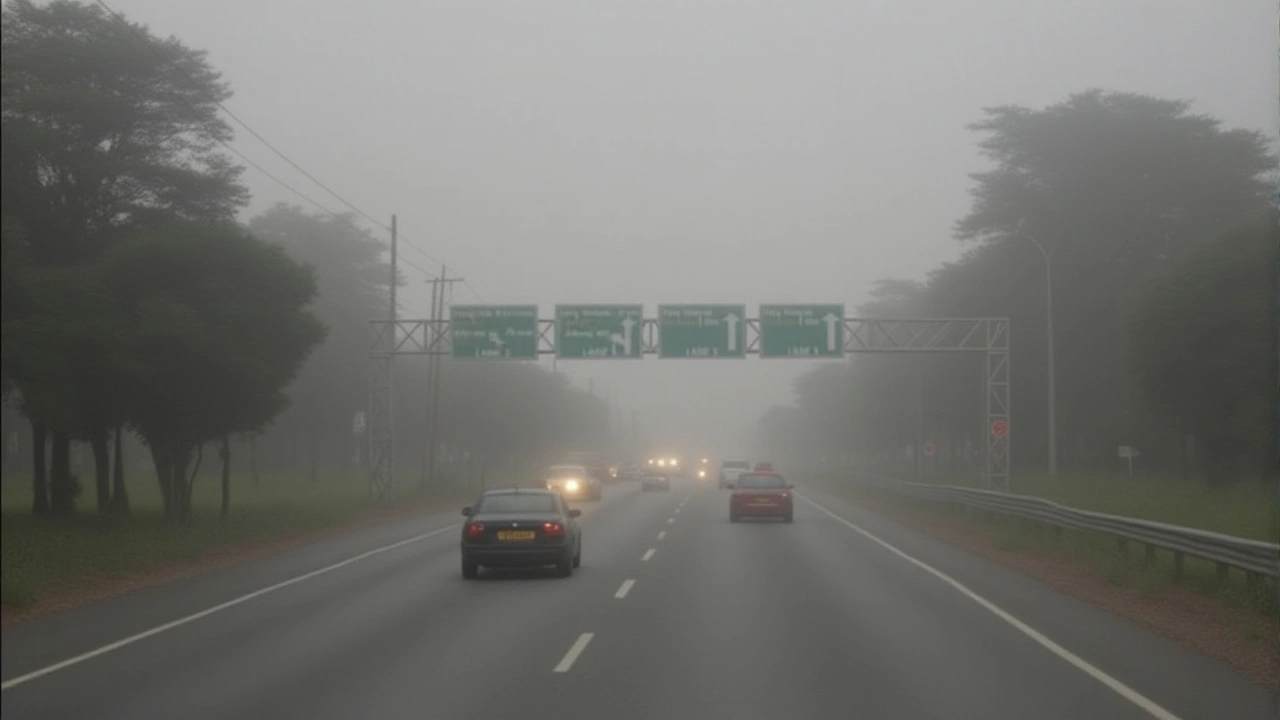Kenya Meteorological Department: Your Go‑To Source for Weather Updates
When you need to know if it will rain in Nairobi tomorrow or if the coastal winds are picking up, the Kenya Meteorological Department (KMD) is the place to check. It’s the government agency that tracks weather, issues warnings and shares climate data for the whole country.
In this guide we’ll break down what KMD does, how you can get its latest forecasts, and why the service matters for daily life, agriculture and travel.
What the Department Actually Does
KMD runs a network of weather stations across Kenya, from the highlands around Kericho to the arid north near Marsabit. These stations record temperature, humidity, rainfall and wind speed every few minutes. The data feeds into computer models that predict short‑term weather (today‑tomorrow) and longer‑term climate trends.
The agency also issues alerts for extreme events – floods, droughts, severe thunderstorms and heatwaves. When a flood warning is issued, local authorities and farmers get the heads‑up they need to protect lives and crops. KMD’s climate reports help policymakers plan water projects, irrigation schemes and disaster‑response strategies.
One of the most useful services is the daily weather bulletin. It gives an at‑a‑glance look at temperature ranges, chance of rain and wind direction for major towns. You can find it on the KMD website, on mobile apps, and even on local radio stations.
How to Get Real‑Time Weather Info
The easiest way to stay updated is to visit meteogo.ke. The homepage shows a map with colour‑coded rain forecasts for the next 48 hours. Click on any region to see detailed hour‑by‑hour predictions.
If you prefer your phone, download the official KMD app from the Play Store or App Store. The app pushes push notifications for severe weather alerts in the area you’ve selected. You can also set a favourite location so the daily forecast appears every morning.
Social media is another quick source. KMD posts short updates on Twitter and Facebook, especially when a sudden storm develops. Follow @KMD_Official to get alerts without opening a browser.
For farmers, the “Climate Smart Agriculture” portal offers tailored advice. It tells you the best planting window based on upcoming rain patterns and suggests irrigation schedules if a dry spell is forecast.
Travelers can use the “Travel Weather” section, which lists road‑condition updates and flight‑delay warnings caused by fog or heavy rain. This helps you plan routes and avoid getting stuck on a slippery highway.
Finally, if you need historical climate data for research or a project, KMD’s archives let you download monthly rainfall totals, temperature averages and sunshine hours for any station back to the 1970s.
All of these tools are free, and they’re updated multiple times a day. The key is to pick the method that fits your routine – a quick glance at the website each morning, a push notification on your phone, or a weekly check on the social feeds.
Staying informed about Kenya’s weather isn’t just about avoiding a wet shoe. It protects crops, saves lives during floods, and makes travel smoother. The Kenya Meteorological Department provides the data, and you decide how to use it. Keep an eye on the forecasts, and you’ll always be a step ahead of the weather.
